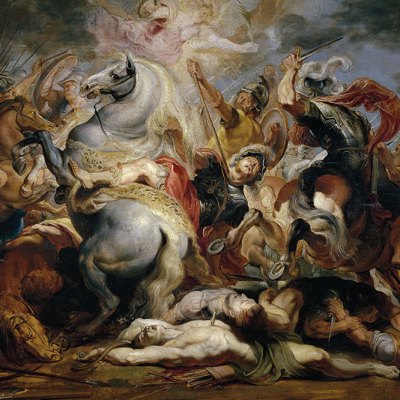Of the many artists to draw inspiration from classical antiquity during the early 17th century, Peter Paul Rubens was surely among the most erudite: a collector of marble statuary and intaglio, who corresponded widely with antiquarians and read the classics in the original. Through some 50 paintings, drawings and sculptures, this exhibition at the Galleria Borghese in Rome explores how the Flemish artist learnt from the antique – and the impact of the resulting work on other baroque artists (until 18 February). Highlights include Rubens’s red-chalk study of Spinario, the renowned Hellenistic bronze of a boy pulling a thorn from the sole of his foot: the drawing is so realistic that some scholars believe Rubens must have used a live model instead. Find out more from Galleria Borghese’s website.
Preview below | View Apollo’s Art Diary
Boy Picking a Thorn from his Foot (late 16th century), artist unknown. Galleria Borghese, Rome. Photo: M. Coen; © Galleria Borghese

Agrippina and Germanicus (c. 1614), Peter Paul Rubens. National Gallery of Art, Washington, D.C.

Anatomical studies: a left forearm in two positions and a right forearm (c. 1600–05), Peter Paul Rubens. Metropolitan Museum of Art, New York




